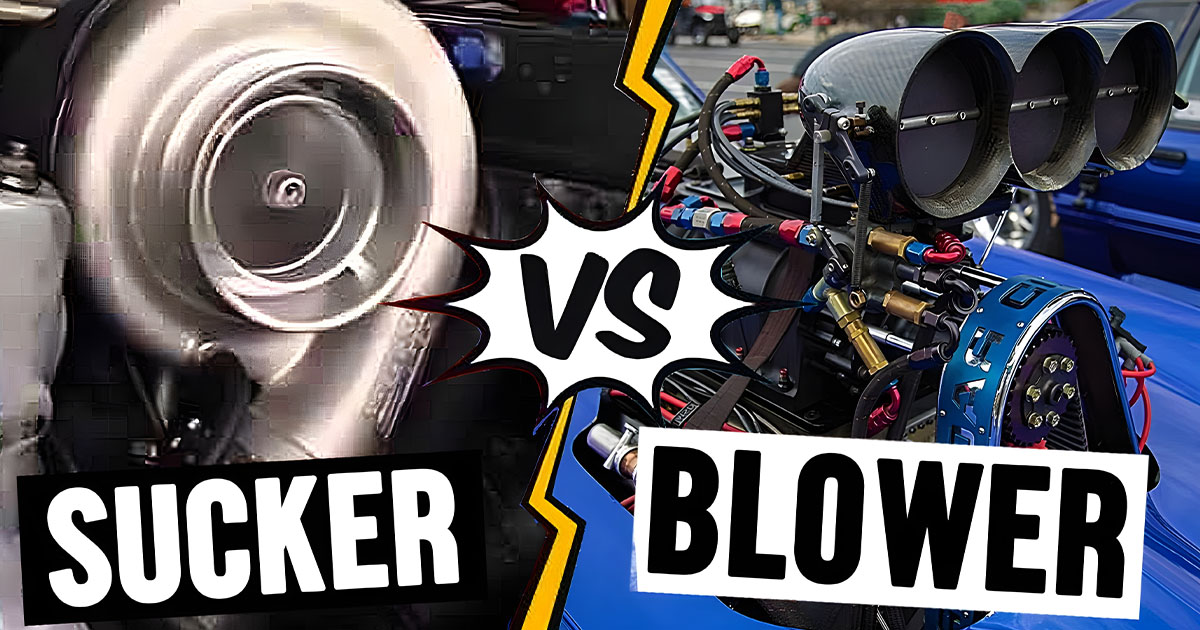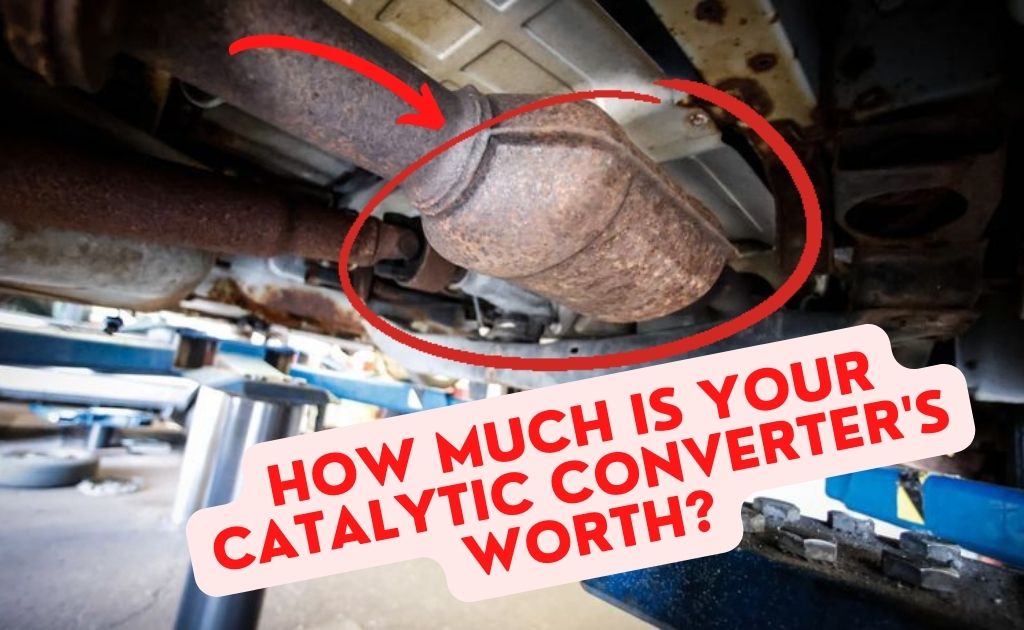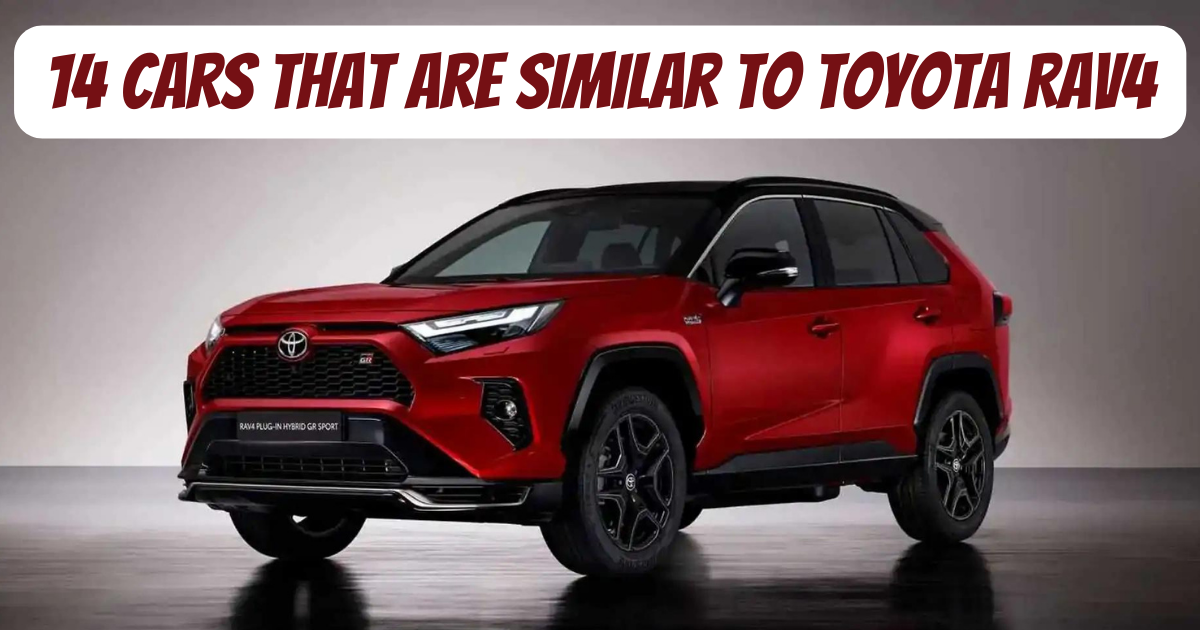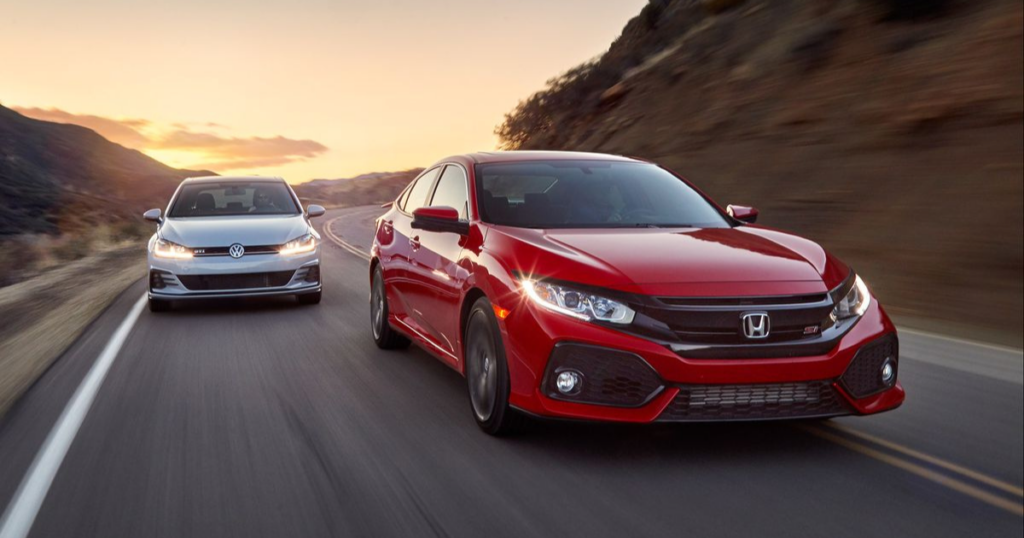
Every time someone travels, they have a ton of choices to make. They are choosing not only where they want to travel but also where they will dine and stay, which airline to take, whether to drive or fly and other details. Another choice they can’t avoid is the kind of rental car they wish to rent.
Typically, there are just two options available for rental cars: standard rental cars and full-sized rental cars. But what exactly do these classifications mean? What distinguishes an automobile as a standard or full size?
In this post, we’ll compare the two types of cars, look at the distinctions, and explain why you would prefer one over the other.
What is a Standard Car?

Standard rental cars, also referred to as mid-size sedans, minivans, coupés, or intermediate vehicles, can typically accommodate 4-5 passengers with room to spare for luggage. They are simple for almost any traveler to handle and have excellent gas mileage.
Although these vehicles may accommodate up to five passengers, the comfort level may not be ideal at that number. The Ford Focus, Ford Taurus, Nissan Altima, Pontiac Grand Am, Volkswagon Jetta, Buck Verano, Peugeot 301, and Peugeot 101 are examples of standard cars.
The majority of standard-sized cars, especially the more recent models, are made to be adaptable. They are safe to drive in urban regions, suburban areas, and even on the highway. Some automobiles, like the Toyota RAV4, may achieve up to 22/28 mpg, which is extremely remarkable.
Last but not least, compared to full-size rental automobiles, these cars are far less expensive to rent, making them a cost-effective option. The apparent issue with them is that you can’t accommodate as many people in them, and when they’re fully loaded, they won’t be very comfortable.
Related: Why Do You Need Rental Car Insurance?
Features of a Standard Car
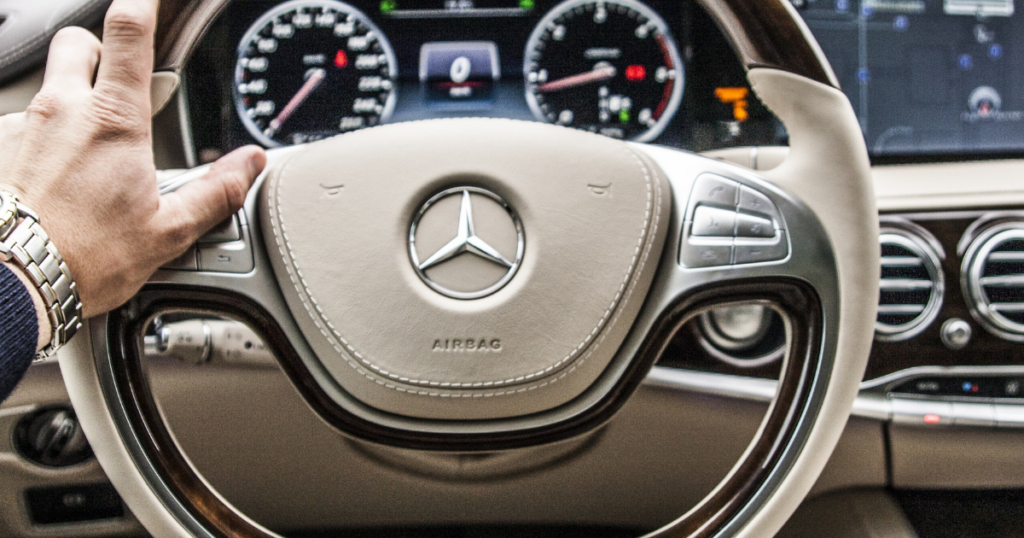
A standard car has the following features:
- It can accommodate four or five people: Standard cars can comfortably take four or even five people along with some luggage.
- They fall into the “in-between” size category: Standard cars have one foot in the economy class with its lower gas mileage and the other in the luxury sedan category with its better luggage space and extra luxuries like air conditioning.
- Easy to maneuver in urban areas: With a standard car, navigating the city or the highway is simple and comfortable. With heating and air conditioning, you won’t have to worry about being too hot or cold while navigating.
Pros
- Affordable.
- Easy to Maneuver.
- Better Gas Mileage.
- Versatile
- Comfortable
Cons
- Limited Space
- Limited Performance as they are generally not designed for high-performance driving
- Low towing capability
- Limited visibility
What is a Full-Size Car?

Full-size cars are defined as any vehicles with an interior cubic volume of more than 120 cubic feet for sedans or 160 cubic feet for station wagons in the 1977 fuel economy criteria released by the EPA. Examples are the Dodge Charger, Toyota Avalon, Toyota Camry, Ford Fusion, Kia Cadenza, Chevrolet Impala, and Nissan Maxima.
Full-size cars are designed with more room to travel on the highways in the US. So, it is a very American invention. Despite being most frequently associated with them, “full-size” does not always equate to “SUV.” They are better described as larger, four-door passenger cars with lots of room for luggage and seating for up to five passengers.
Therefore, they are the ideal option for lengthy journeys with other people because they provide more space and legroom. However, Full-size cars usually cost more to fuel and only get 23 to 30 miles per gallon, so they tend to cost you a little more money.
Hence, they lost popularity when fuel efficiency became a bigger issue since they were so expensive to run. To appeal to high-end consumers, full-size cars are now combining an increasing number of luxurious features. Today, Full-size cars still outperform standard and compact cars in terms of comfort and luxury while not being the most economical to acquire and operate. What matters most is whether you value comfort more highly or your financial situation.
Features of a Full-size Car

A full-size car has the following features:
- Larger Size: A full-size car’s most visible attribute is its size. However, this can often make them more difficult to drive and park, especially in small areas.
- More Interior Features: Features such as air conditioning, heating, satellite radio, and loads of legroom are often found in full-size cars as opposed to standard or compact ones.
Pros
- Spacious
- Provides a mixture of comfort and luxury.
- Smooth ride due to their larger dimensions and longer wheelbase.
- Enhanced safety, which can include lane-keeping assist, adaptive cruise control, and blind-spot monitoring
- Powerful engine, leading to great performance
Cons
- More Expensive
- Not easily maneuvered
- Reduced gas efficiency
- Reduced Cargo space
Factors to Consider when Choosing a Standard Car vs Full Car
Put these factors into consideration when choosing the type of car suitable for you:
Passenger size
Opting for a standard car might be a good alternative if you rarely have many passengers or travel alone. Full-size cars, on the other hand, offer roomy interiors. Five or fewer passengers will be easy to fit if you have a small family. Furthermore, take into account your height and the heights of your passengers since they could prefer a roomier interior.
Driving circumstances
A standard car is the best choice if you want a faster ride with excellent maneuverability. Their more compact bodies enable them to maneuver through more congested metropolitan areas and confined parking spaces. However, a full-size car is preferable if you prefer a smoother, more opulent ride and are a more laid-back driver. If you frequently travel on highways and drive long distances, a full-size vehicle is also recommended.
Features and Capabilities
A standard car is a good option if you want a vehicle that is easy to drive and useful. But a full-size car will satisfy your needs if you want a vehicle with a more potent engine, opulent equipment, and cutting-edge technology.
Cargo area
Because the cabin of a standard car is smaller, there is more room in the cargo area. A standard car typically has a cargo area of 18 to 19 cubic feet. Alternatively, since the cargo capacity suffers in a full-size car with a big interior, a full-size car typically has a cargo area of 14–17 cubic feet.
Budget
A standard car has a cheaper starting cost and also has lower maintenance costs due to its fuel economy. However, full-size cars frequently have more opulent, high-end features, which are reflected in the price as well. Moreover, full-size cars frequently use more gas, raising the cost of upkeep.
Conclusion
Both Standard and full-size cars have advantages and disadvantages. Therefore, consider your goals and preferences carefully to help you choose the best vehicle type.


